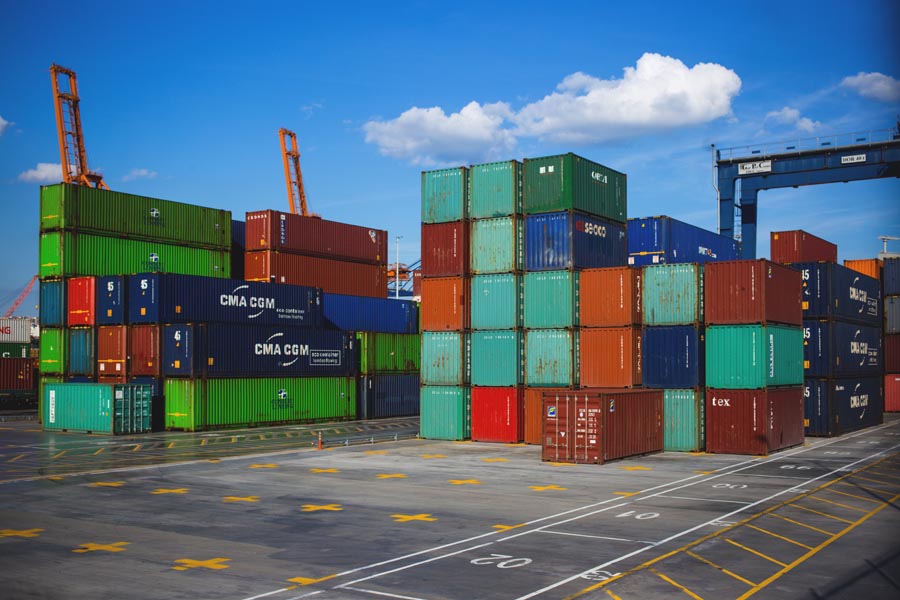
Important tips for loading export items into a freight container
Almost anything can be stored and exported in a container. If someone visits any large port today, then at a glance nobody can describe what kind of products are being shipped. Because all types of products are being exported in large rectangular containers. These containers are particularly useful for transporting manufactured goods.
Nowadays containerization is a very common practice for exporting goods. Containerization has both advantages and disadvantages. The advantages of containerization are it reduces the logistic cost and also fewer workers are needed for loading and unloading the containers. Also, less time is required for loading and unloading. But this practice of containerization also includes technical challenges as only the responsible person knows the type of goods and the condition of the products for shipment.
The decision for choosing the process of loading a container can be divided into two steps.
- Choosing the required type of container.
- How to load the container with merchandise/products.
The required type of container:-
The decision while choosing the required type of container totally depends on the type of products to be exported.
There are six types of containers that are available.
- General purpose containers: These types of containers are most commonly available. Each container is fully closed and also features full-width doors at one end for access. These types of containers are used for transporting both liquid and solid substances.
- Refrigerated containers: These types of containers are used for carrying those products which require refrigeration during transit.
- Dry bulk containers: These types of containers are used for carrying dry powder and granular substances.
Open top/open sided containers: These types of containers are used for carrying heavy and unusual sized products. - Liquid cargo containers: These types of containers are used for carrying liquid substances.
- Hanger containers: These types of containers are used for carrying the garments on hangers.
How to load the container with merchandise/products:-
Just after deciding the type of container to be used the next step is to complete the task of loading the products. This process also can be divided into three steps.
At first, it is required to check and examine the freight container’s physical condition before starting the task of loading the merchandise. One must have to check that no placard should be left behind from earlier cargo to avoid confusion. Also, they have to make sure that there must not be any type of holes and if the container is repaired then it is also required to check the repair quality.
Secondly, pre-planning must be done before exporting products by using freight containers. The total weight of the product must be spread across the entire length and width of the container. Also, they should take care while packing goods. Wet and dry goods must be packed separately and heavy packages must not be placed over light packages. Also, they must have to fill the free space in the container so that the goods must not move during shipment.
The last step is to check the container after loading the cargo or goods. The total weight and labeling must be checked before exporting. Also, they need to check the packaging of the products.

